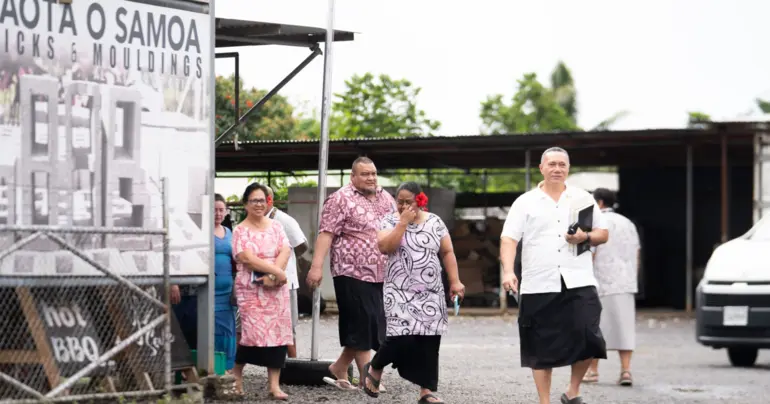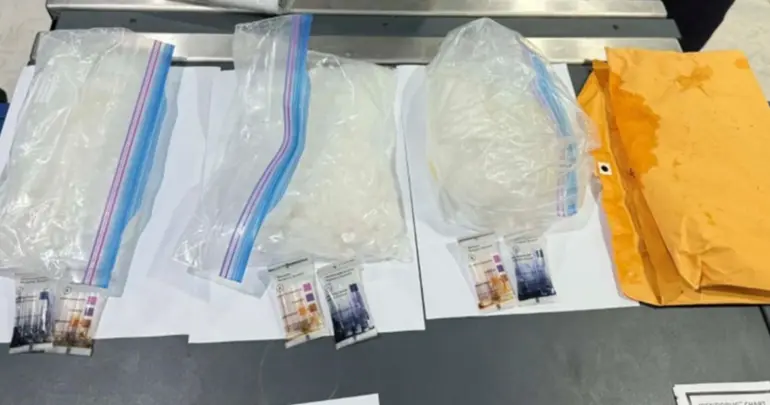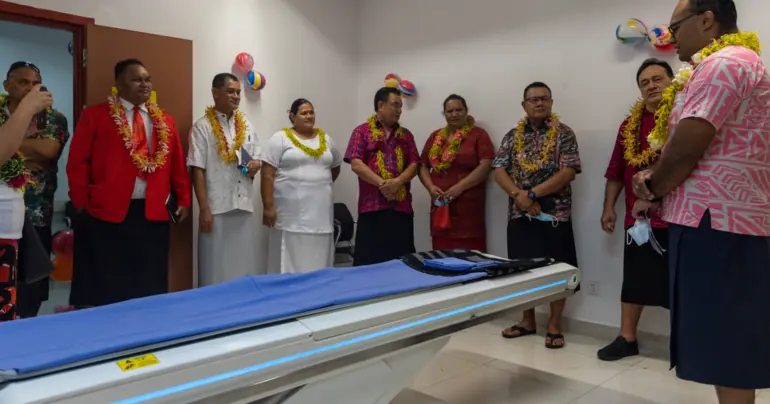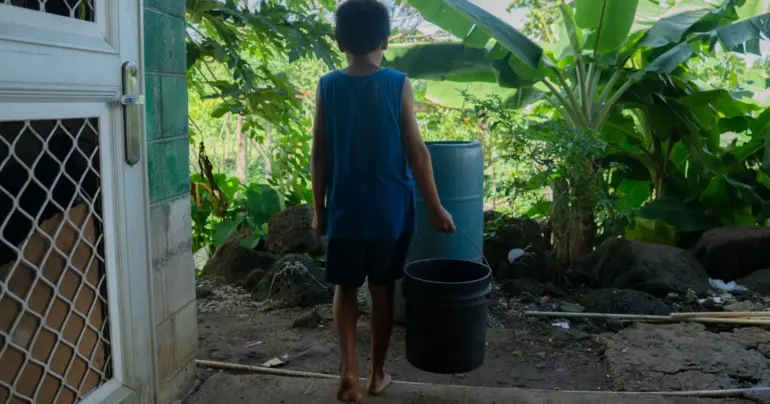Specialist shortage should inspire a review of our priorities
 By James Robertson
•
11 September 2019, 8:00PM
By James Robertson
•
11 September 2019, 8:00PM
The statistics make for sobering reading.
The drastic shortage of gynaecologists and obstetricians revealed on the front page of yesterday’s Samoa Observer is alarming.
American Samoa has twice the number of obstetricians and gynaecologists as Samoa with only one-third of the population.
The absence of specialists becomes all the more worrying when we reflect on the fact that cervical cancer is the biggest killer of Samoan women aged 15 to 44.
The disease mostly strikes women in their late 30s to early 40s at a time when they are making significant contributions to their families and communities.
Samoa currently has no screening programme for routinely screening for the disease, even though a New Zealand study last year found it would cut the number of people who fall victim to it by 40 per cent.
There are no easy answers to the shortage of specialists who could oversee these kinds of life-saving initiatives in Samoa.
But we believe the call by the study’s author, Aiono Professor Dr. Alec Ekeroma, for the development of a new postgraduate programme at the National University of Samoa to train specialists is a good place to start.
Aiono is the founding Professor of the N.U.S. school of medicine and his call for its expansion therefore needs to be taken seriously.
We also agree when he says the shortage must be “vehemently tackled with increased political action and investment.”
But even that would not ensure that the specialist shortage is solved quickly.
The issue is indivisible from a chronic shortage of doctors across this nation.
One mother told this newspaper in April that on the south coast of Upolu the hospital is staffed with a doctor only one day a week.
The country has just two publicly available pathology services and four radiology services.
There are no public operational cancer units, no medical oncologists or publicly available radiotherapy services, or radiation oncologists.
The so-called brain drain is a major contributing factor. There are as many Samoan-born nurses and doctors working in Australia and New Zealand as there are here.
With graduate starting salaries in those countries more five times greater than here this is a difficult dynamic to overcome.
In fact it could soon become more acute.
With Australia promising Pacific Islanders greater access to its labour markets under its ‘Pacific Step Up’ an opportunity for nurses to emigrate has already opened up; it remains to be seen whether this will be expanded to doctors, too.
It is not possible to curtail people’s freedom of movement. But Australia and New Zealand should think about enforcing rules such as agreeing to not proactively recruit much-needed healthcare professionals from countries it tries to benefit otherwise.
But we agree with a central theme of Aiono’s research: the need for Samoa to begin investing “vehemently” in its own capabilities.
As some experts have pointed out many donor-funded medical training programmes often simply result in graduates taking their training overseas making wealthy countries the beneficiaries of their own aid and inadvertently compounding the brain drain.
Meanwhile, the use of overseas medical exchange programmes continues to chew up an increasing portion of the health budget with some estimates suggesting it now accounts for 20 per cent of spending.
Having to send doctors who want to specialise to the existing regional medical training hub in Fiji is another way of increasing the likelihood that they do not return.
Effecting a change in the number of specialists won’t be easy nor will it be cheap.
But Aiono’s study gives us pause to reflect on our financial priorities.
A recent study in the world’s most respected medical journal, the Lancet, said Samoa spends 5.6 per cent of its GDP on healthcare.
According to the World Bank, in 2016 the global average was 10 per cent.
Closing that gap is a necessary first step to reversing decades of chronic healthcare shortages.
It represents a massive amount of money. But the cost of not acting is mounting, too.
 By James Robertson
•
11 September 2019, 8:00PM
By James Robertson
•
11 September 2019, 8:00PM










